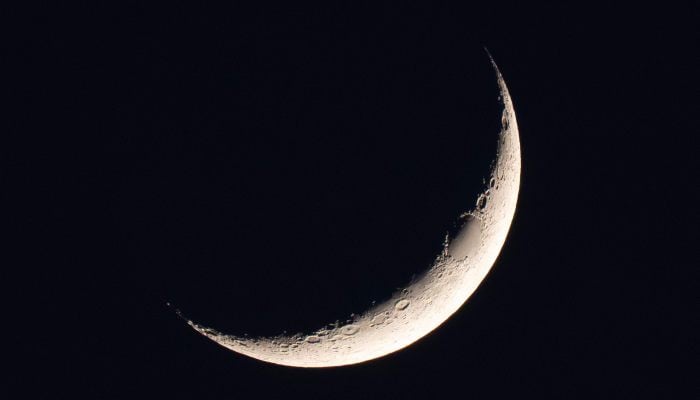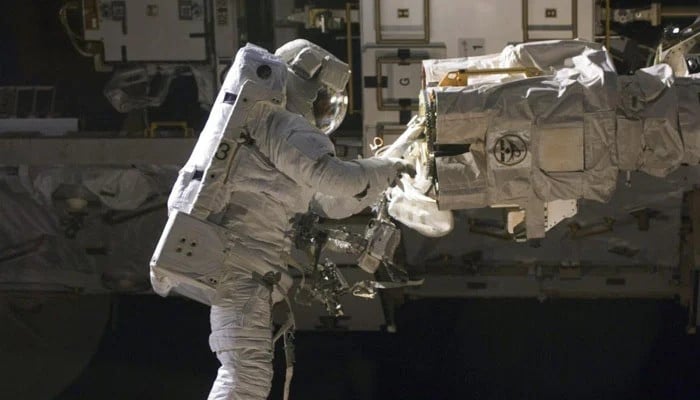Washington: The United States accelerate the efforts to use nuclear energy reactors on the moon and mars, aimed at launching the first operational system by the end of the decade.
According to a new NASA directive – for the first time reported by polico and assessed by AFP – The Agency has been instructed to appoint a “nuclear energy tsar” and to select two commercial proposals within six months. The move is framed as essential to stay ahead of a joint Chinese-Russian program.
The memo, dated July 31 and signed by acting NASA manager Sean Duffy, who also acts as an American transport secretary, indicates a profound shift in the focus of the agency under President Donald Trump’s second term – of scientific research into the exploration of the crew site.
“Since March 2024, China and Russia have announced at least three times a joint attempt to place a reactor on the moon at the mid -20s,” it says.
“The first country that does this could possibly explain a security zone that would considerably prevent the United States from establishing a planned presence of Artemis, if not there first.”
The idea of using nuclear energy off -planet is not new.
Since 2000, NASA has invested $ 200 million in the development of small, lightweight splitting options, although no claim has been made for the willingness to escape according to the directive.
The most recent effort came in 2023 with the completion of three $ 5 million industrial study contracts aimed at generating 40 kilowatt power, enough to run 30 households for ten years.
In contrast to solar energy, splitting systems can work around the clock around invaluable value during the weeks of moon evenings or Mars-dust storms.
Progress in technology has made such systems increasingly compact and lighter.
NASA has formally committed to the use of nuclear energy on Mars in December 2024 – the first of seven important decisions needed for the human exploration of the red planet.
Based on feedback per industry, the needs of the surface-lying must be at least 100 kilowatts to support “long-term human activities, including in-situ use of resources”, which means that things like lifestyle support, communication and mine equipment to collect surface ice.
It presupposes the use of a “heavy class lander” that carries a maximum of 15 tons of mass, and focuses on a “willingness to launch by the first quarter of FY30”, which means at the end of 2029.
The Artemis program of NASA to return to the moon and to establish a lasting presence near the South Pole has had to deal with repeated delays.
The timeline for Artemis 3, the first planned crew landing, has slipped to 2027, a date that few as a realistic view of the planned lander, SpaceX’s Starship, is far from ready.
In the meantime, China is aimed at 2030 for his first crew mission and has been more skilled in achieving his deadlines in recent years.






